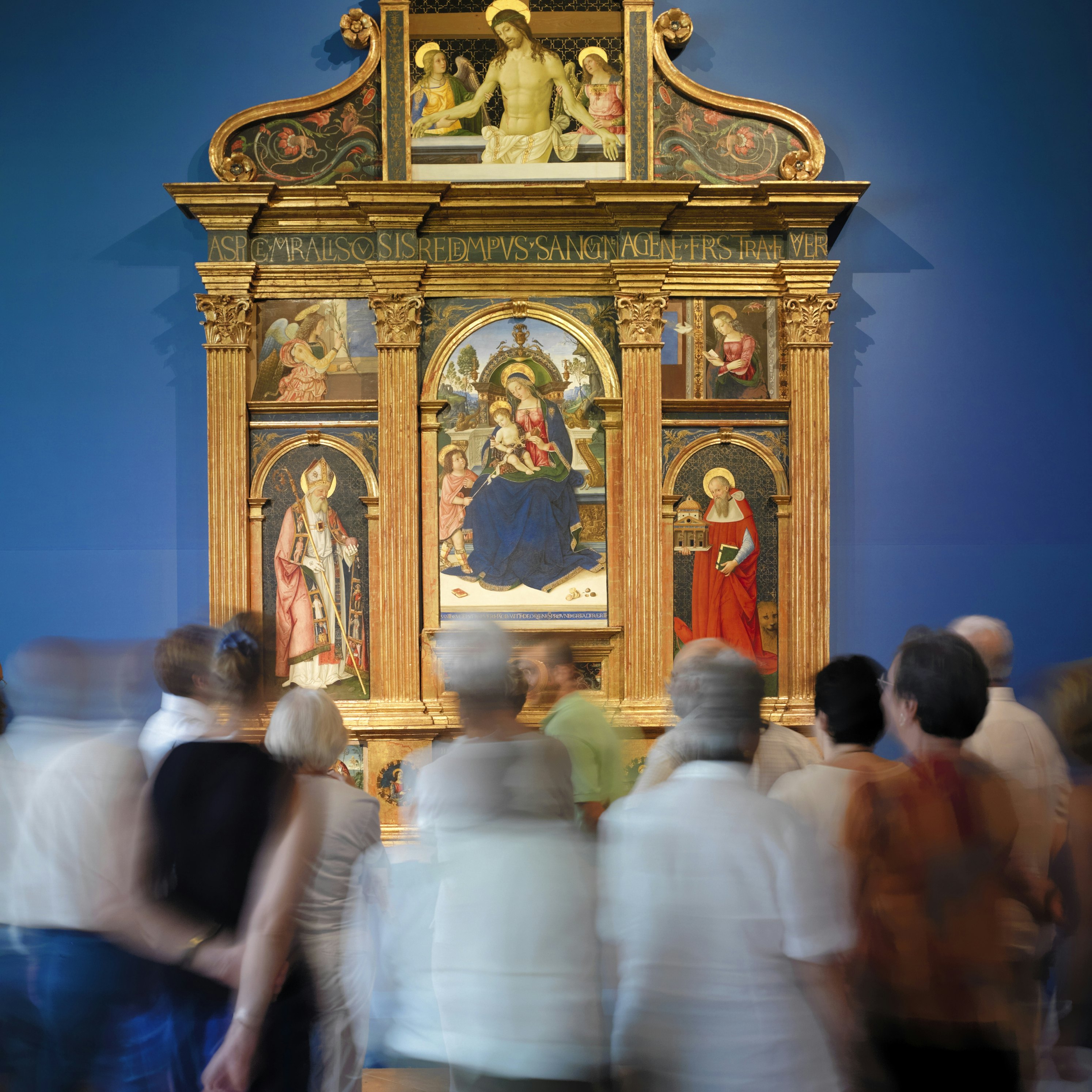
Overview
Italy's green heart, Umbria is a land unto itself, the only Italian region that borders neither the sea nor another country. This isolation has kept outside influences at bay, ensuring that many of Italy's traditions survive today.
Meet your new travel partner
Stay connected in Umbria
Unlimited data while you travel with Holafly eSIM. Use code LONELYPLANET for an exclusive discount.
Must-see attractions
Get a book. Get inspired. Get exploring.
in partnership with getyourguide























